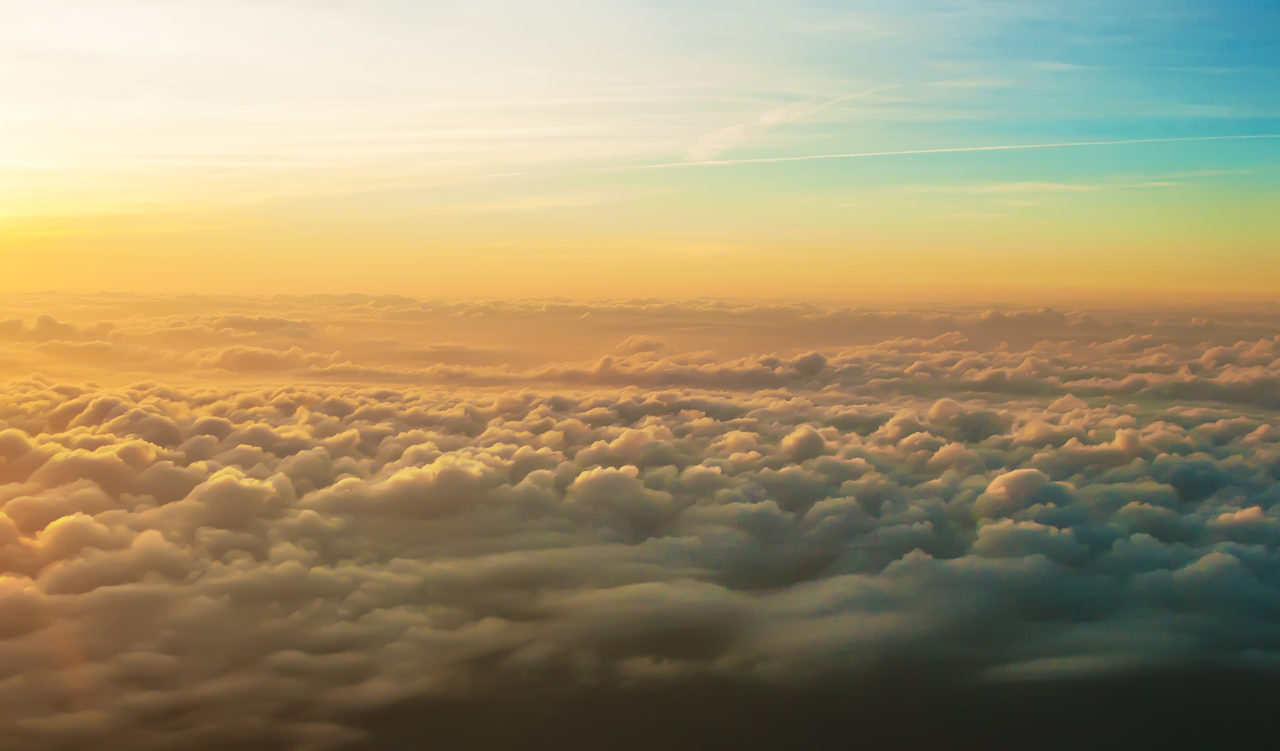Satellite images can be a fantastic civil engineering tool — at least when clouds don’t get in the way.
Now researchers at Osaka University have shown how to use GPU-accelerated deep learning to remove these clouds.
The scientists from the university’s Division of Sustainable Energy and Environmental Engineering used a “generative adversarial network” or GAN.
“By training the generative network to ‘fool’ the discriminative network into thinking an image is real, we obtain reconstructed images that are more self-consistent,” first author Kazunosuke Ikeno said in a statement.
Created in 2014 by Ian Goodfellow, then a Ph.D. student at the University of Montreal, GANs rely on a pair of competing networks to create realistic images. These competing networks allow developers to train AIs with less data.
Images of clouds can be removed by hand, but that’s time-consuming. Machine learning techniques, by contrast, require large numbers of training images to work, and that’s not always practical.
So the researchers at the University of Osaka turned to GANs, which rely on two algorithms.
The first, known as a “generative network,” reconstructs images without clouds.
The second, a “discriminative network,” uses a convolutional neural network to pick which images are created by the first network and actual photos.
The two competing networks make each other better without the need for as much data. The result: highly realistic images with no clouds.
Using the resulting data as textures for 3D models allows more accurate datasets of building image masks to be automatically generated.
Using 400 by 400-pixel images, the researchers trained the models on a PC running the Ubuntu open-source operating system and a GeForce GTX 1060 GPU.
“This method makes it possible to detect buildings in areas without labeled training data,” senior author Tomohiro Fukuda said in a statement.
In the future, researchers could use the technique to detect other objects, such as roads and rivers in aerial photographs.
Sounds like a sunny forecast.
Read the full paper: https://www.sciencedirect.com/science/article/pii/S1474034621001336?via%3Dihub
